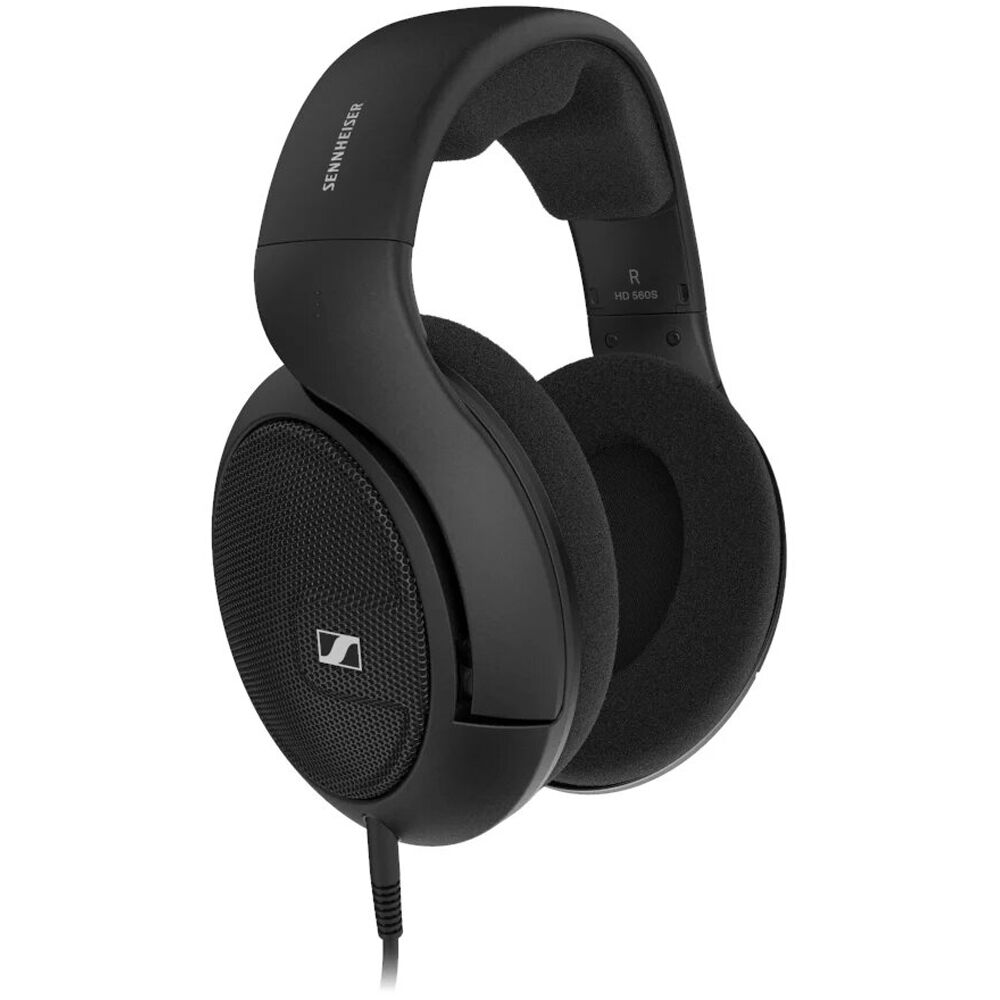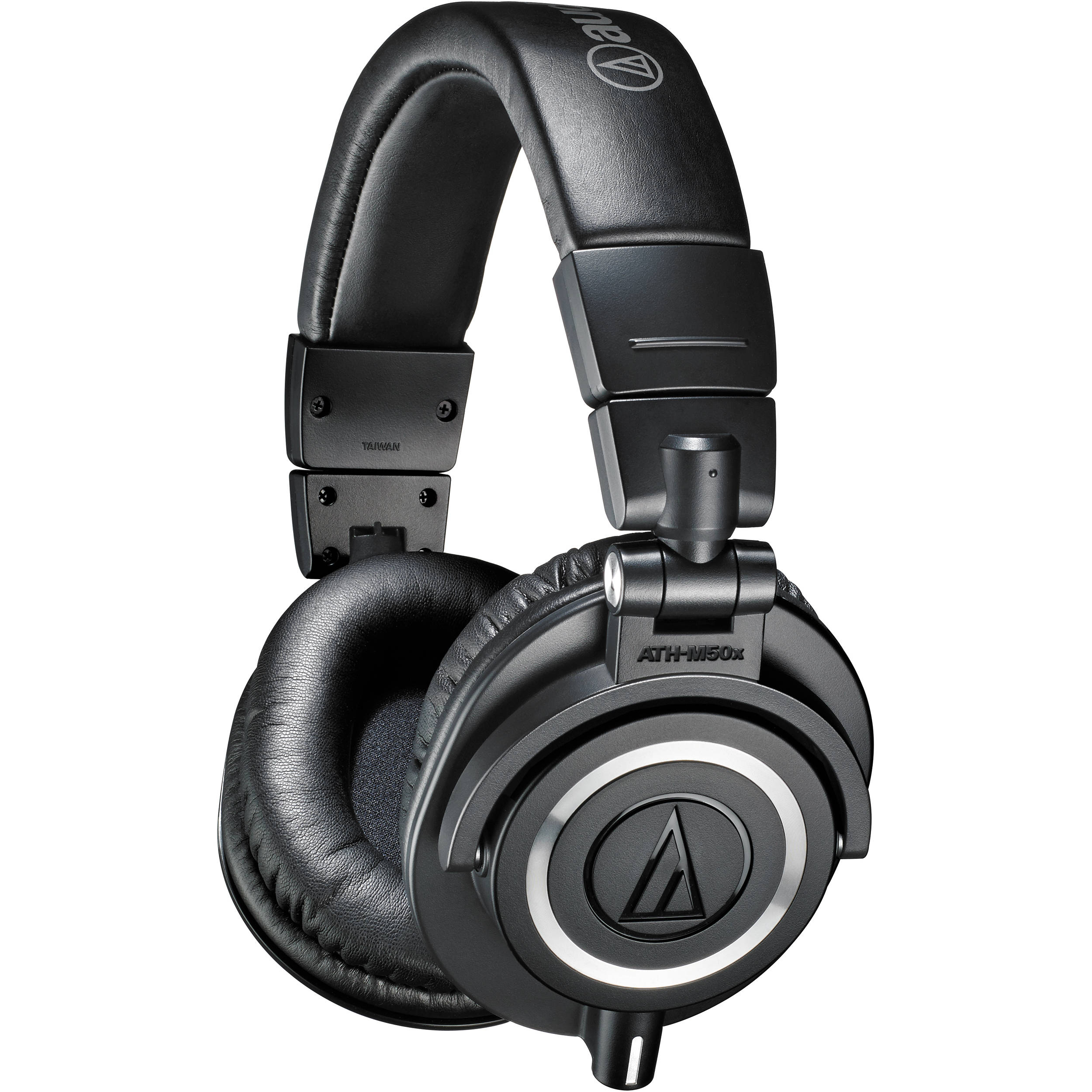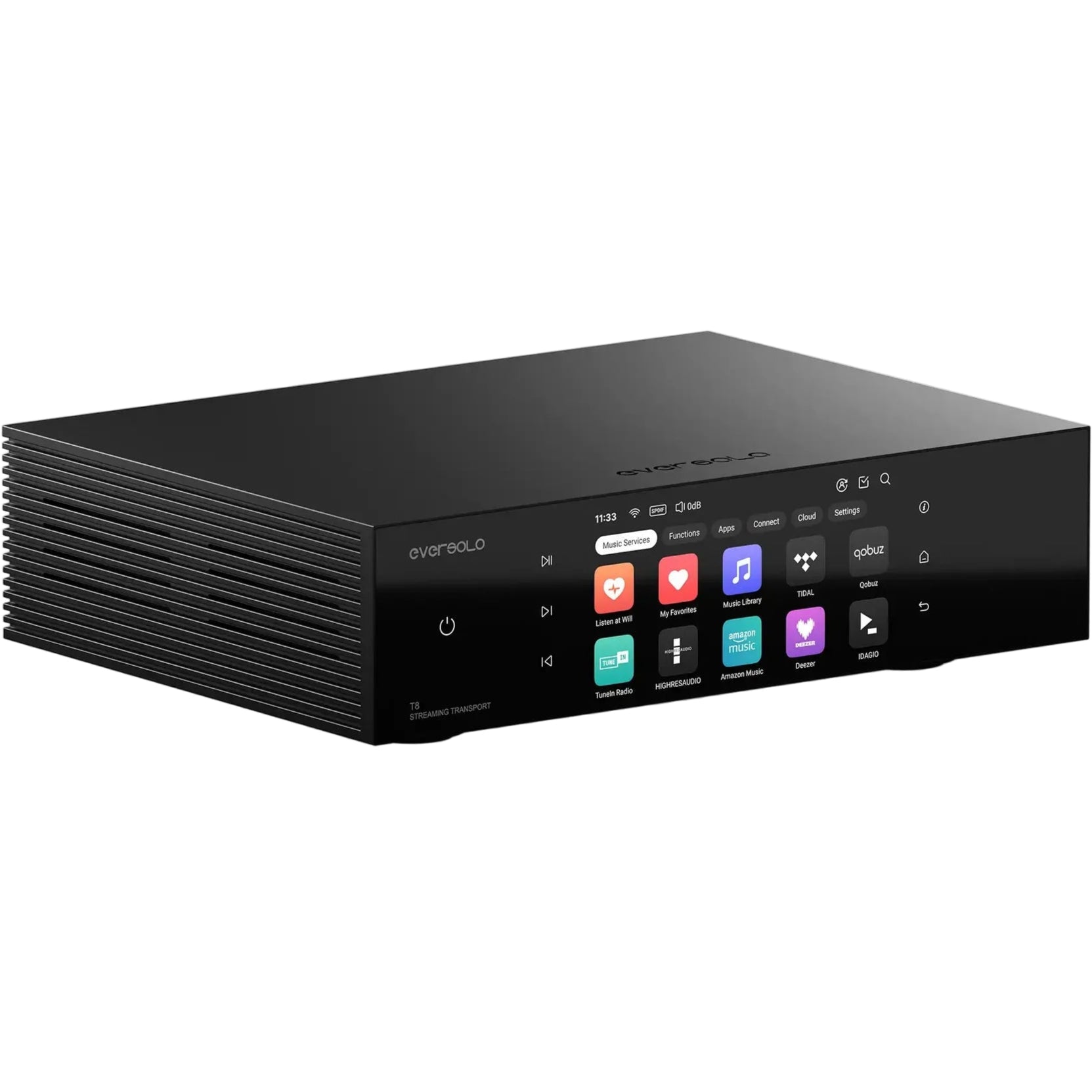Introduction: Why Acoustic Treatment Still Matters
Even in an era of powerful plugins, AI-assisted mixing, and ultra-precise headphones, your room’s acoustics still shape every decision you make. The truth: your monitors are only as accurate as the space around them. This guide is designed to cut through the noise, give you the clearest possible starting point, and help you spend where it actually matters — 2025–2026 style.
Myths That Need to Die in 2025
- Myth 1: Foam fixes everything – Thin foam tiles might kill some flutter echo, but they barely touch low frequencies. Without bass control, your mixes will always translate poorly.
- Myth 2: You need a fully dead room – Over-absorbing kills vibe. Music needs controlled reflections, not an anechoic chamber feel.
- Myth 3: Headphones make treatment irrelevant – Even if you mix mostly on headphones, your recording quality and decision-making still benefit from a balanced room.
What’s Changed in 2025
- Portable solutions dominate — most new panels are freestanding, not permanently mounted.
- Aesthetic treatments are trending: colored fabrics, acoustic art, and wood diffusers that double as decor.
- Room calibration tech has gone mainstream, with tools like Sonarworks now reaching bedroom producers.
- Hybrid setups — combining basic treatment with software correction — are the new norm.
When You Can Skip Treatment
Skip it only if you:
- Work 100% in headphones and never record with mics.
- Use software instruments exclusively and don’t care about stereo imaging.
- Only produce for personal listening and don’t need mixes to translate.
Quick Self-Check Test
- Clap your hands in your room. Hear a sharp “ping” or metallic ring? That’s flutter echo.
- Play a bass-heavy track. Does the low end vanish in one spot and boom in another? That’s modal resonance.
- Stand at your listening position, talk, and listen — if it feels like your voice bounces back at you, you have early reflection issues.
Mic Acoustics & Filtering
- If you record vocals, podcasts, or acoustic instruments, your mic “hears” the room as much as it hears the source.
- Reflection filters help, but aren’t a full replacement for treating nearby walls.
- Position the mic away from corners and reflective surfaces.
- Use a thick rug under the mic stand if recording in a reflective space.
- Good mic placement plus basic treatment often beats expensive microphones in untreated rooms.
The Three Core Setups for 2025–2026
Budget Essentials (≈ €250–400)
For: bedroom producers, small home studios, podcasters.
Goals: kill obvious reflections, control low end enough for mixes to translate.
What to get:
- 4× corner bass traps (foam or mineral wool, min. 10–15 cm thick)
- 4× absorber panels at first reflection points
- 1× ceiling cloud (DIY or budget brand)
- Optional: measurement mic + free REW software to check results
Why it works: Tackles the two biggest issues in small rooms — low end and early reflections — without over-deadening.
Hybrid Upgrade (≈ €700–1,200)
For: semi-pro producers, hybrid mix/record spaces.
Goals: balanced frequency response, controlled stereo image, better workflow flexibility.
What to get:
- 6–8× high-density bass traps for all vertical corners
- 6× broadband absorbers (10–15 cm thick)
- 1–2× ceiling clouds
- 1× diffuser or absorber-diffuser hybrid for rear wall
- Room calibration software (e.g., Sonarworks SoundID)
Why it works: Adds rear wall control and calibration tech for more accurate mixes and playback.
Full Pro (≈ €2,500–4,000)
For: commercial studios, mastering rooms, high-end creators.
Goals: reference-grade accuracy, consistent translation across all systems.
What to get:
- Full-height bass trapping in all corners
- Broadband absorption at all early reflection points
- Multiple ceiling clouds
- Diffusion on rear and ceiling surfaces
- Dedicated measurement & calibration chain (mic + DSP correction)
- Optional: floated floor / partial isolation upgrades
Why it works: Removes room color entirely, letting you trust every decision.
Calibration Tools — Your Invisible Ally
Room correction software isn’t a substitute for treatment, but it’s a powerful finisher.
- Sonarworks SoundID — easy setup, works in DAW and systemwide.
- IK Multimedia ARC — hardware + software package.
- REW — free, for those comfortable with DIY calibration.
Pro tip: treat first, calibrate second. Calibration can’t fix deep nulls, but it can flatten minor peaks.
Mobility Factor — Acoustic Treatment You Can Move
- Avoid drilling into rented walls.
- Reposition your treatment for different setups.
- Store panels when not in use.
For small home studios, this is a game-changer — treat your mix position without committing to a permanent install.
Aesthetic Integration — Make It Look Like Part of Your Room
- Choose fabric wraps in colors that match your space.
- Printed acoustic art panels absorb sound and display graphics.
- Wood skyline diffusers can double as design pieces.
Inspiring rooms create better work.
Beyond Frequency Response — Other Metrics That Matter (Advanced)
- Decay time (RT60): how quickly sound dies out in your space.
- Stereo imaging tests: check if reflections skew your mix balance.
- Waterfall plots: visualize frequency and time-domain problems.
These aren’t day-one priorities for beginners, but they separate good rooms from great ones.
Upgrade Path — From Bedroom to Pro Control Room
- Budget → Hybrid: Add rear wall treatment and higher-density traps.
- Hybrid → Full Pro: Expand broadband absorption, add precision diffusers, integrate a calibrated sub.
- Full Pro → Pro Plus: Full isolation, HVAC, pro-grade build.
Soundium Note
Acoustic treatment isn’t about making your room “look like a studio.” It’s about creating a space where you can trust what you hear. Whether you start with a couple of panels or go full pro, the goal is the same — mixes that translate everywhere. And yes, we can help you choose every single piece.



